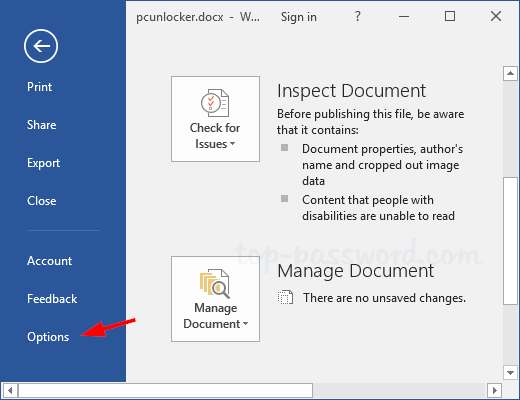


Will you keep on making clones after every little change? That’s absurd! But what if you decide to make changes to your current document after you’ve already saved it as a clone. In place of “Save as”, Microsoft has provided a save a copy feature, which creates a clone of your word document. Disabling it in one document doesn’t disable it across all documents.

Now, you have to turn off autosave for every word document individually. What’s more is that for saved documents, the popular “Save As” feature is no longer available.Īnd this isn’t the half of it. Any recent changes you’ve made to a word document are saved without your permission and permanently overwritten. He explains that a recent update in Microsoft’s Office 365 has made drastic changes to this feature. Rick Broida of CNET explains one such exception. It seems quite obvious that activating autosave in Word is the right thing to do. Similar tech-recipe: How to PAssword protect your Word documents Why Enabling Autosave in Office 365 isn’t the right decision?

In this tutorial, we will discuss the autosave feature in detail. You can also manage this feature to ensure your progress is saved after every few minutes. However, there’s a simple way to avoid this staggering loss: turning on the autosave feature in word. Ever had an entire article wiped out because of an abrupt system shutdown? You’re not alone.


 0 kommentar(er)
0 kommentar(er)
